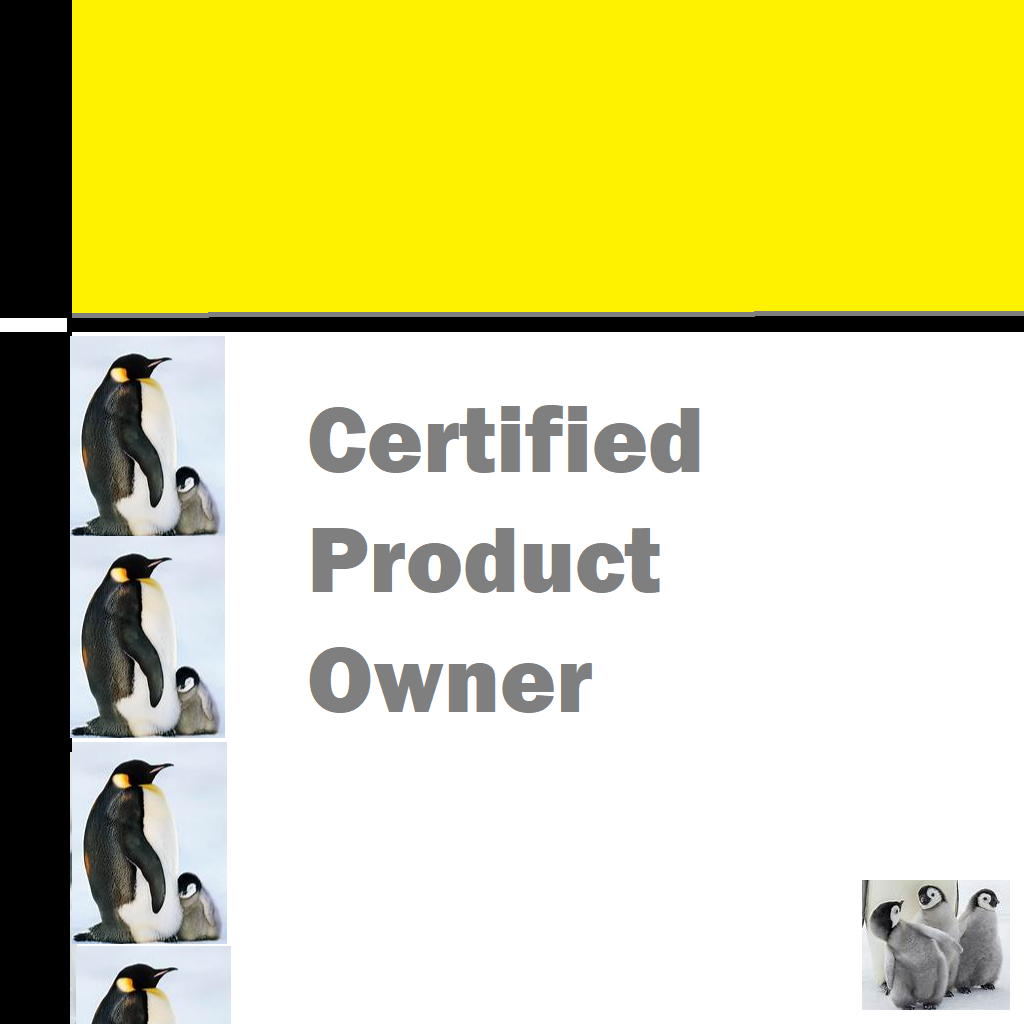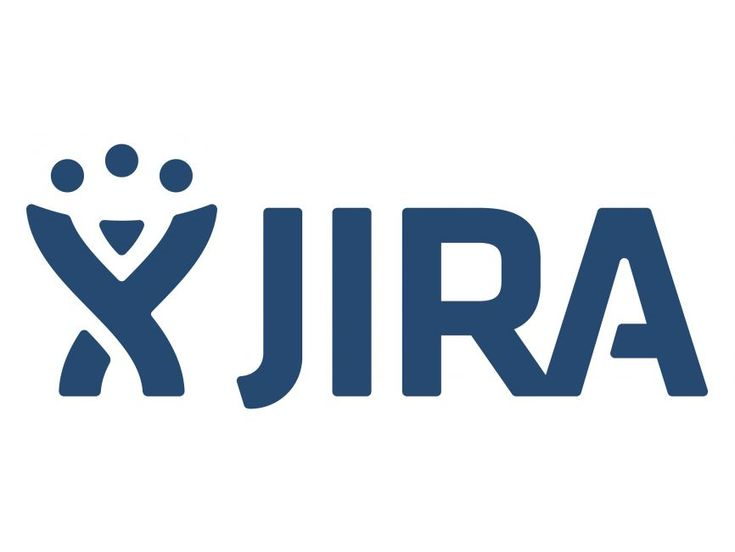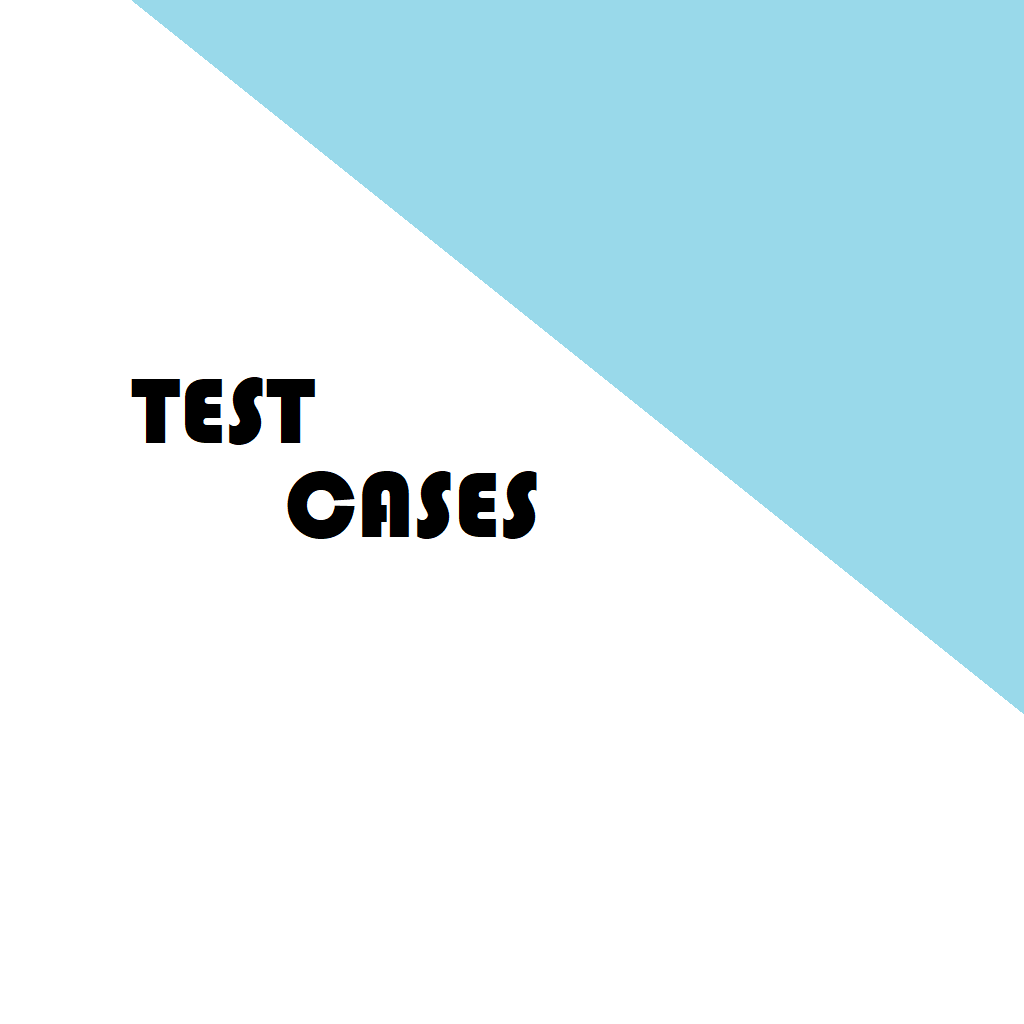A Product Owner is a key role in Agile methodologies, serving as a critical link between the development team and stakeholders. They play a pivotal role in defining the vision for the product and ensuring it aligns with the needs and expectations of the stakeholders. The Product Owner is responsible for creating a clear and comprehensive product vision that outlines the goals, features, and functionality of the product.
Central to the Product Owner’s responsibilities is the management of the Product Backlog, which is a prioritized list of all the tasks, user stories, and requirements that need to be addressed in the product. This involves continuous grooming and refinement of the backlog to ensure that the most valuable and high-priority items are at the top. The Product Owner is a crucial role in Agile methodologies, acting as the bridge between stakeholders and the development team. With a clear product vision, effective backlog management, collaborative decision-making, and a focus on continuous improvement, the Product Owner plays a pivotal role in delivering a successful product that meets the needs of its users and stakeholders.
CONTENT
Key Aspects of a Product Owner
Key artifacts and documents that Product Owner needs to maintain
Key Stakeholders that a Product Owner should deal with
Most important activity of the day for a product owner
Certifications and courses available
Payment of a Product Owner in India
Key Aspects of a Product Owner
In Agile methodologies, the role of a Product Owner is crucial to the success of the project. The Product Owner represents the interests of the stakeholders and acts as the primary liaison between the development team and the stakeholders. Their main responsibility is to define the vision for the product and communicate it clearly to the development team. Here are some key aspects of the Product Owner role in Agile:
- Defining Product Vision: The Product Owner is responsible for understanding the needs and requirements of the stakeholders and creating a clear vision for the product. This includes defining the product’s features, functionality, and overall goals.
- Maintaining the Product Backlog: The Product Owner manages the Product Backlog, which is a prioritized list of all the features, enhancements, bug fixes, and other work items that need to be addressed in the product. They continuously groom and refine the backlog to ensure it reflects the most valuable items first.
- Prioritization: One of the most critical tasks for a Product Owner is to prioritize the items in the Product Backlog. They must consider stakeholder feedback, market trends, and the overall business strategy to determine what features and improvements should be implemented first.
- User Stories: The Product Owner is responsible for breaking down the product requirements into small, manageable User Stories. These User Stories provide specific details about what needs to be built and are used by the development team during sprint planning and execution.
- Collaboration: The Product Owner works closely with the development team, stakeholders, and other key members of the Agile team to ensure everyone has a shared understanding of the product vision and requirements. Collaboration is essential to make informed decisions and to adapt to changes during the development process.
- Acceptance Criteria: The Product Owner defines clear acceptance criteria for each User Story to ensure that the team understands the conditions that must be met for a story to be considered complete.
- Sprint Reviews: The Product Owner actively participates in sprint reviews at the end of each iteration (sprint) to demonstrate the completed work to stakeholders, gather feedback, and make any necessary adjustments to the product backlog.
- Empowerment and Support: The Product Owner needs to empower the development team to make technical decisions while providing support, guidance, and timely feedback.
- Release Planning: The Product Owner collaborates with the team to plan and prioritize releases based on the product roadmap and business objectives.
- Continuous Improvement: Agile encourages continuous improvement, and the Product Owner is no exception. They should regularly seek feedback, learn from experiences, and adapt their approach to better serve the product and its stakeholders.
Overall, the Product Owner plays a critical role in ensuring that the development team builds the right product, with the right features, at the right time, and for the right audience. Their decisions and actions significantly influence the success of the Agile project.

Key Deliverables
The role of a Product Owner in an Agile project encompasses various responsibilities, and their deliverables are essential for the success of the product development process. Here are the key deliverables of a Product Owner:
- Product Vision and Strategy: One of the primary deliverables of a Product Owner is to define and communicate the product vision and strategy. This involves understanding the needs of the stakeholders, market trends, and the overall business goals. The Product Owner creates a clear and compelling vision that guides the development team in building the right product to address customer needs and market demands.
- Product Backlog: The Product Owner is responsible for maintaining the Product Backlog, which is a prioritized list of all the work items that need to be addressed in the product. This includes features, enhancements, bug fixes, technical tasks, and more. The Product Backlog is dynamic and constantly updated to reflect changing priorities and new insights.
- User Stories: User Stories are another critical deliverable of a Product Owner. These are concise, user-centric descriptions of product features or functionality, written from the end-user’s perspective. User Stories provide specific details about what needs to be developed and serve as the basis for the development team’s work during each sprint.
- Prioritization and Release Planning: The Product Owner plays a key role in prioritizing items in the Product Backlog. They collaborate with stakeholders and the development team to determine which features and tasks should be worked on first, considering factors like customer value, business impact, and technical feasibility. The Product Owner also contributes to release planning, defining which features will be included in each release based on the product roadmap and strategic goals.
- Acceptance Criteria: To ensure a shared understanding of the product requirements, the Product Owner defines clear and measurable Acceptance Criteria for each User Story. These criteria outline the specific conditions that must be met for a story to be considered completed, providing guidance to the development team during implementation and testing.
- Feedback and Adaptation: Throughout the development process, the Product Owner actively seeks feedback from stakeholders, customers, and the development team. They incorporate this feedback into the product backlog and adjust priorities or features accordingly to ensure the product remains aligned with changing needs and market conditions.
- Sprint Reviews and Demos: At the end of each sprint, the Product Owner participates in Sprint Reviews and Demos to showcase the completed work to stakeholders. This allows them to gather feedback, validate progress, and make any necessary adjustments to the product backlog.
- Collaboration and Communication: Effective communication and collaboration with all stakeholders are crucial deliverables of a Product Owner. They work closely with the development team, stakeholders, and other team members to ensure a shared understanding of the product vision and requirements. Regular communication helps in resolving doubts, addressing concerns, and keeping everyone aligned towards the common goal.
In a nut shell, the deliverables of a Product Owner in an Agile environment encompass a wide range of tasks, from defining the product vision and strategy to maintaining the product backlog, prioritizing features, and facilitating effective communication. By fulfilling these responsibilities, the Product Owner ensures that the development team builds the right product, with the right features, at the right time, and in alignment with the needs and expectations of stakeholders and customers.
Key artifacts and documents that Product Owner needs to maintain
The Product Owner, as a central figure in Agile methodologies, is responsible for managing various artifacts and documents throughout the product development process. These key deliverables help ensure effective communication, prioritization, and alignment between stakeholders and the development team. Below are the essential artifacts and documents that a Product Owner needs to maintain:
- Product Backlog: The Product Backlog is a crucial artifact that the Product Owner manages. It is a dynamic and prioritized list of all the tasks, features, enhancements, and bugs that need to be addressed in the product. The Product Backlog evolves over time as new requirements emerge or priorities change. The Product Owner is responsible for continuously grooming and updating the backlog to reflect the most valuable items at the top.
- User Stories: User Stories are concise, user-focused descriptions of product features or functionality. The Product Owner is responsible for creating and maintaining User Stories, ensuring they are well-written, clear, and capture the needs of the end-users. These User Stories serve as the basis for the development team’s work during each sprint.
- Acceptance Criteria: To provide clarity to the development team, the Product Owner defines Acceptance Criteria for each User Story. Acceptance Criteria outline the specific conditions that must be met for a User Story to be considered complete. They help set the expectations for the team and provide a clear definition of when a feature is done and meets the desired quality.
- Product Vision and Strategy: The Product Owner needs to maintain a clear and compelling product vision and strategy. This high-level document defines the overall purpose, goals, and direction of the product. It acts as a guiding beacon for the development team and stakeholders, ensuring that everyone is aligned on the long-term vision for the product.
- Release Plan: The Product Owner collaborates with the development team and stakeholders to create a release plan. This plan outlines the schedule and content of future releases, based on the prioritized Product Backlog and the overall product strategy. The release plan helps set expectations for when certain features will be delivered and allows the stakeholders to plan accordingly.
- Stakeholder Communication and Feedback: The Product Owner maintains ongoing communication with stakeholders to gather feedback, understand their needs, and address any concerns. This feedback loop is critical to ensure that the product remains aligned with stakeholder expectations and market demands.
- Market Research and Competitor Analysis: To stay ahead in the market and make informed decisions, the Product Owner needs to maintain documents related to market research and competitor analysis. These documents provide valuable insights into market trends, customer preferences, and competitive offerings, which can influence the product’s direction and feature prioritization.
- Product Documentation: The Product Owner ensures that essential product documentation, such as user guides, manuals, and release notes, is maintained and kept up-to-date. This documentation is valuable for users and the development team and helps ensure a smooth user experience.
- Sprint Reviews and Retrospectives: The Product Owner is actively involved in Sprint Reviews and Retrospectives. In Sprint Reviews, they present completed work to stakeholders, gather feedback, and adjust the Product Backlog as needed. In Retrospectives, the Product Owner collaborates with the team to identify areas for improvement in the development process and the product itself.
By maintaining these artifacts and documents, the Product Owner facilitates effective collaboration, ensures a shared understanding of product requirements, and helps guide the development team towards delivering a successful product that meets the needs of stakeholders and customers.
Key Stakeholders that a Product Owner should deal with
In an Agile environment, the Product Owner collaborates with various stakeholders who play essential roles in the product development process. These key stakeholders are critical in providing valuable input, feedback, and support to the Product Owner and the development team. Here are the main stakeholders that a Product Owner needs to engage with:
- Customers/Users: Customers or end-users are one of the most important stakeholders for the Product Owner. They are the ones who will ultimately use the product, so understanding their needs, preferences, and pain points is crucial. The Product Owner regularly interacts with customers to gather feedback, conduct user interviews, and validate assumptions, ensuring that the product is tailored to meet user requirements effectively.
- Development Team: The development team works closely with the Product Owner throughout the product development lifecycle. They rely on the Product Owner to provide a clear product vision, detailed User Stories, and well-defined Acceptance Criteria. Regular collaboration and communication with the development team are essential to ensure a shared understanding of requirements and to address any questions or clarifications during the development process.
- Scrum Master: While the Scrum Master primarily focuses on facilitating the Agile process, they are also a key stakeholder for the Product Owner. The Scrum Master supports the Product Owner in various ways, including organizing meetings, removing impediments, and fostering a productive team environment. The Product Owner and Scrum Master work together to ensure that the team follows Agile principles and practices effectively.
- Product Management Team: Depending on the organization, there may be a separate Product Management team that works closely with the Product Owner. This team may provide strategic guidance, market insights, and business objectives that help shape the product vision and strategy. Collaborating with the Product Management team ensures that the product aligns with the broader business goals.
- Executives and Management: Executives and upper-level management are stakeholders with a vested interest in the success of the product. The Product Owner may need to present the product vision, progress, and plans to them, seeking approval for strategic decisions, funding, or resource allocation. Engaging with executives ensures that the product aligns with the organization’s overall strategy and receives the necessary support.
- Marketing Team: The Marketing team is a crucial stakeholder, especially when launching a new product or releasing significant updates. The Product Owner collaborates with the Marketing team to understand target markets, positioning, and messaging. This collaboration ensures that the marketing efforts are well-aligned with the product’s features and benefits.
- Customer Support/Service: Customer support or service teams can provide valuable insights into customer feedback, pain points, and feature requests. The Product Owner can work closely with these teams to address recurring issues and incorporate user feedback into the product backlog, leading to improvements and increased customer satisfaction.
- Regulatory and Compliance Authorities: In some industries, compliance with regulations and standards is essential. The Product Owner must engage with regulatory and compliance authorities to ensure that the product meets all necessary requirements and adheres to industry standards.
Engaging and collaborating effectively with these key stakeholders is vital for the success of the product. The Product Owner acts as a conduit between these stakeholders and the development team, ensuring that the product’s development aligns with user needs, business goals, and market demands.
Most important activity of the day for a product owner
The most crucial activity of the day for a Product Owner in an Agile environment is prioritization. Prioritization involves continuously assessing and ranking the items in the Product Backlog based on their value, importance, and alignment with the overall product vision and business goals. The Product Owner must decide which features, enhancements, or bug fixes should be worked on first to maximize the product’s value and meet the needs of stakeholders and customers.
Prioritization is an ongoing process that requires a deep understanding of customer needs, market trends, and the organization’s strategic objectives. The Product Owner must consider various factors, such as customer feedback, market demands, technical dependencies, and business impact, to make informed decisions about what should be included in each sprint or release.
By prioritizing effectively, the Product Owner ensures that the development team focuses on building the most valuable and relevant features first. This minimizes the risk of delivering low-impact features or working on items that may become obsolete due to changing requirements or market conditions.
In addition to daily prioritization, the Product Owner also collaborates with stakeholders, participates in team meetings, and provides clarifications to the development team during the sprint. However, prioritization stands out as the most critical activity because it determines the direction and success of the product development efforts. The Product Owner’s ability to prioritize wisely and adapt to changing circumstances is essential for delivering a successful product that meets customer needs and achieves business objectives.
Certifications and courses available
There are several certification programs available for individuals looking to become certified Product Owners. These certifications provide valuable training and recognition of skills in Agile methodologies and product management. Some of the popular courses and certifications for Product Owners include:
- Certified Scrum Product Owner (CSPO): Offered by the Scrum Alliance, the CSPO certification is one of the most widely recognized certifications for Product Owners. The course covers Agile principles, Scrum framework, product backlog management, and stakeholder collaboration.
- Professional Scrum Product Owner (PSPO): Provided by Scrum.org, the PSPO certification focuses on the role and responsibilities of the Product Owner within the Scrum framework. It covers topics such as product vision, backlog refinement, and release planning.
- Certified Product Owner – Agile Product Management (ICP-APO): Offered by the International Consortium for Agile (ICAgile), this certification program is designed to teach the fundamental skills and knowledge required to be an effective Product Owner in an Agile environment.
- Product Owner – Certified Agile Leadership (CAL I): Also offered by ICAgile, this certification program focuses on developing the leadership skills needed to be an effective Product Owner in an Agile organization.

- Product Owner Certification – Product School: Product School offers a comprehensive Product Owner certification program that covers various aspects of product management, including product strategy, user research, and product development.
- Certified Product Manager (CPM): While not specifically focused on Product Owners, the CPM certification from the Association of International Product Marketing & Management (AIPMM) covers product management principles and skills, which can be valuable for Product Owners.
- Product Owner – Certified Scrum Professional (CSP-SM): Offered by Scrum Alliance, this advanced-level certification is suitable for experienced Product Owners looking to further enhance their skills and knowledge in Agile product development.
Before choosing a certification program, it’s essential to consider factors such as the course content, the reputation of the certifying organization, and the level of expertise and experience you wish to achieve. These certifications can be beneficial for career advancement and demonstrating your proficiency as a Product Owner in Agile environments.
Payment of a Product Owner in India
The payment of a Product Owner in India can vary significantly based on several factors such as the company’s size, location, industry, the Product Owner’s experience, and their level of expertise. In India, the salary for a Product Owner typically falls within a wide range.
At the entry-level or for less experienced Product Owners, the salary can be around INR 5 to 10 lakhs per annum. As the Product Owner gains more experience and takes on greater responsibilities, their salary can increase substantially. Mid-level Product Owners with a few years of experience may earn between INR 10 to 20 lakhs per annum.
For senior-level Product Owners who have extensive experience and demonstrate strong leadership skills, the salary can go beyond INR 20 lakhs per annum and may even reach INR 30 lakhs or more in certain cases, particularly in high-demand industries or well-established companies.
It’s important to note that these figures are approximate and can vary depending on factors like the company’s financial health, industry demand for Product Owners, and the individual’s negotiation skills. Additionally, some companies may offer additional benefits such as performance bonuses, stock options, health insurance, and other perks that can add value to the overall compensation package. These benefits can further enhance the attractiveness of the position and play a role in attracting and retaining talented Product Owners.
As the demand for skilled Product Owners continues to grow in India, it’s expected that the salaries for this role will also keep evolving. Individuals with a strong track record of delivering successful products and possessing in-demand skills may have greater opportunities to negotiate higher salaries and more attractive compensation packages.
Bonus Scrum Cheat Sheet

Conclusion
The role of a Product Owner in Agile is pivotal to the success of any project. As the bridge between stakeholders and the development team, the Product Owner ensures that the product vision aligns with business goals while meeting customer needs. Their responsibilities, such as managing the product backlog, prioritizing tasks, and defining user stories, require a unique blend of strategic thinking, communication skills, and technical understanding. By maintaining a clear focus on delivering value, the Product Owner helps the team stay aligned and motivated throughout the development process.
One of the key strengths of the Product Owner lies in their ability to balance competing demands. They must juggle stakeholder expectations, market trends, and team capabilities to make informed decisions that drive the product forward. This requires not only a deep understanding of the product but also empathy for both the end-users and the development team. By fostering collaboration and transparency, the Product Owner creates an environment where innovation thrives.
Ultimately, the success of an Agile project hinges on the Product Owner’s ability to adapt and respond to change. Agile methodologies emphasize flexibility, and the Product Owner must embody this principle by continuously refining the product backlog and adjusting priorities as needed. Their role is not just about managing tasks but also about inspiring the team to deliver a product that truly resonates with users. In a world where customer expectations are constantly evolving, the Product Owner stands as a critical figure in ensuring that Agile teams remain agile, focused, and value-driven.
Curated Reads





